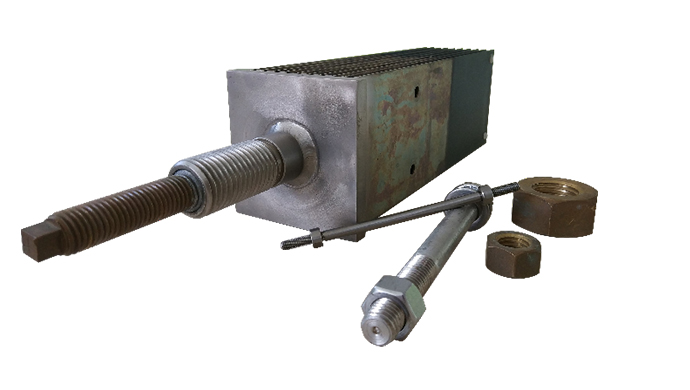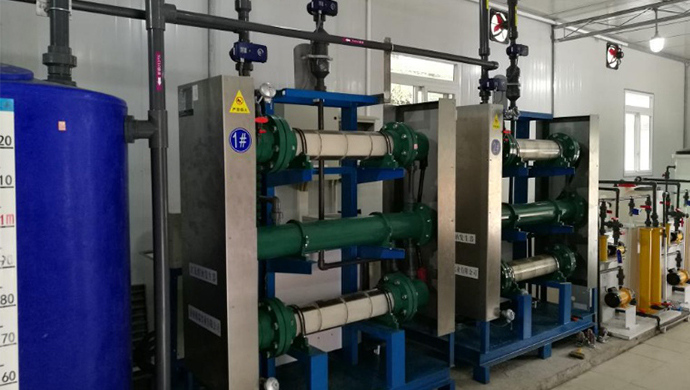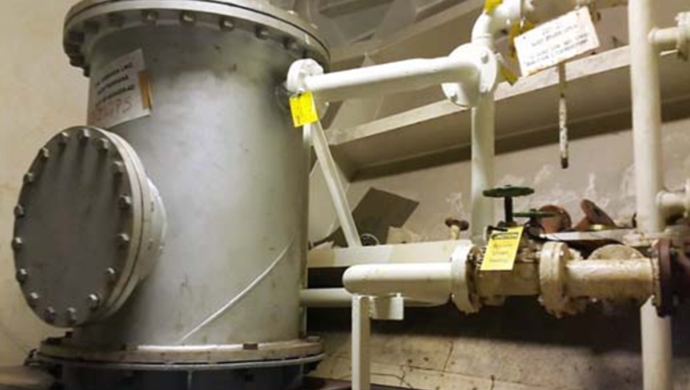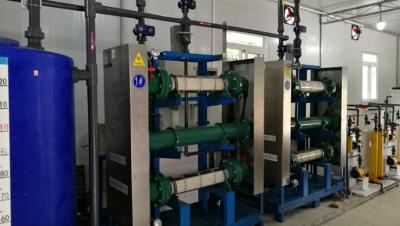Some of brine electro chlorination system may have the condition of high temperature alarm of sodium hypochlorite at electrolyzer outlet, the following situations may cause it.
1. Low Electrolyzer Inlet Flow
The electrolytic cell inlet flow is lower than the rated value of the setting flow, which will affect the generated heat bing taking away while electrolyzing, and when the inlet flow is low, as the reason of operating current & voltage is still in the preset normal working current & voltage, the present heat generation is still equal to the heat generation in the normal working condition. However, the flow is less than the normal flow, it will lead to the consequence to over-temperature alarm when the sodium hypochlorite is out.
2. Electrolyzer Electrodes Scaling
After the electrolytic cell scale, the electrode plates are attached to calcium hydroxide & magnesium hydroxide, which resulting in the electrode plates no longer electrolyzing in the normal working condition, the preset normal operating current voltage will be evenly distributed to the remaining electrode plates which can work effectively, which it will lead to the consequence to over-temperature alarm when the sodium hypochlorite is out.
3. Electrolysis Inlet Temperature High
Because there will be a certain temperature rise during the electrolysis process, so if the inlet brine temperature is too high will cause the output sodium hypochlorite temperature exceeding the setting temperature.
4. Electrolyzer Inlet Brine Concentration Low
While electrolyzing brine solution (brine type electro chlorination system) the concentration of sodium chloride solution is in-between 2.5% to 3.5% into the electrolyzer assembly, if the concentration of the electrolyte is too low, the resistance of the electrolyte will be increase, which resulting in an increase in heat generation (P=I2R), therefore it will lead to the electrolyte output sodium hypochlorite temperature exceeding the setting temperature.
5. Electrodes Short Circuit / Damages
Short circuit or damages of electrode plates causes the electrode plates no longer electrolysis in a normal operating condition, and the preset normal operating current voltage is distributed evenly to the remaining electrode plates, the preset normal operating current voltage will be evenly distributed to the remaining electrode plates which can work effectively, it will lead to the consequence to over-temperature alarm when the sodium hypochlorite is out.
6. Electrolyzer Structure Design Failure
Failure
electrolyzer inside structure design will cause the liquid flow unable to take away the heat generated during the electrolytic process in time, which will lead to overtemperature in electrolyzer output point.
7. Coating
Higher electrodes chlorine potential can cause the voltage between the anode termination and cathode termination high, which can lead to increasing in heat generation (P=UI), which can lead to the consequence to over-temperature alarm when the sodium hypochlorite is out.













